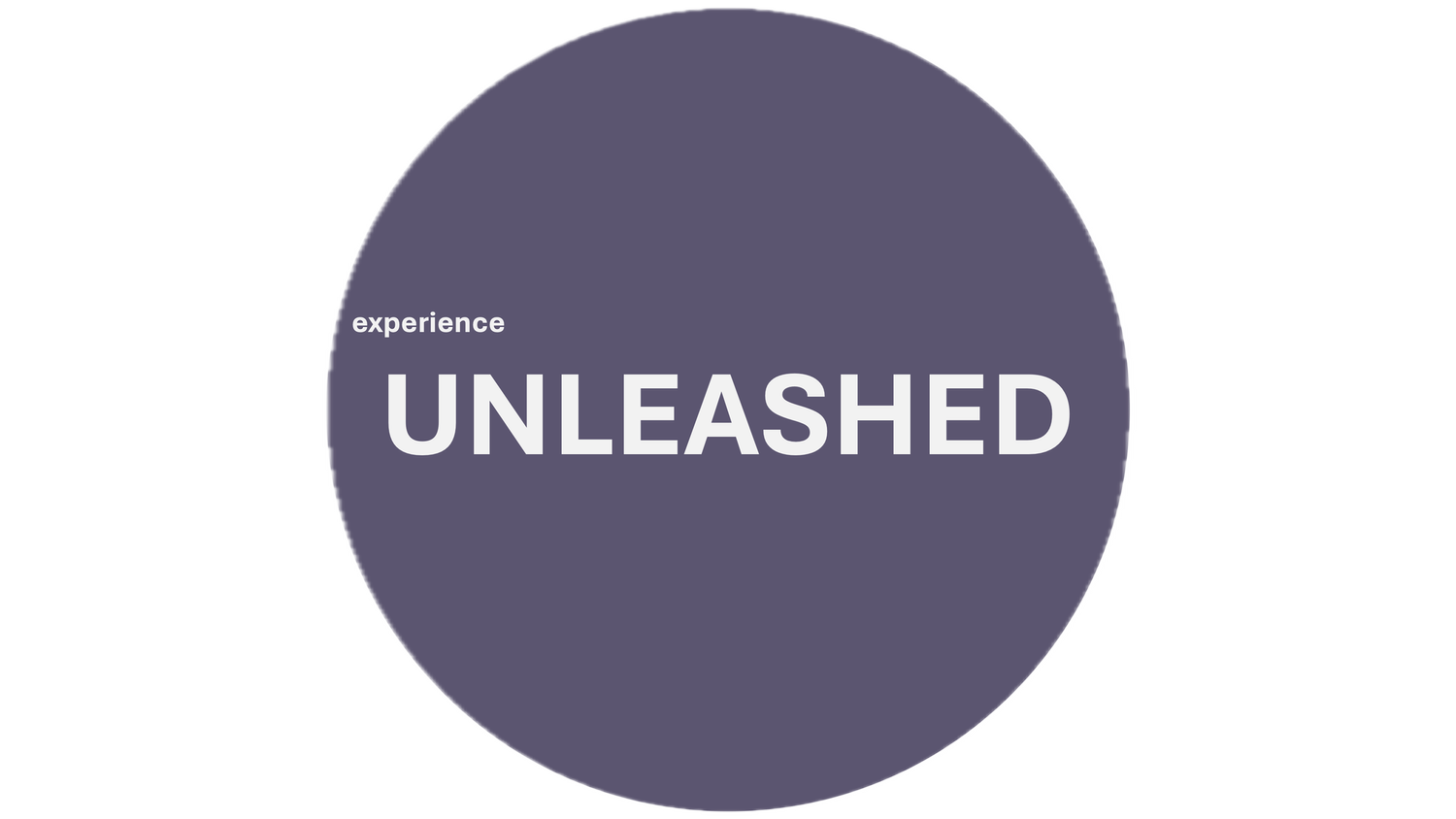From napkin sketch to new business – a journey of learnings
How many of us haven’t dreamt of discovering a unicorn? But few are successful in just creating a profitable business and a lot fewer shapes a unicorn. However, the journey from napkin sketch to new business is full of learnings independent if the context is within a corporation (as intrapreneur) or as a startup (as entrepreneur). I have tried them both, but this article will cover my time as intrapreneur and leader of intrapreneurs. I will share a bunch of key take away of doing experiments part of large corporations with purpose to shape new revenue streams. And for the record, I have not been part of shaping a unicorn… Yet.
Before I share my list, let’s start by setting a common foundation.
First up, there are two types of organic growth. Either you expand your core business, or you unleash new growth. And of course, both should be profitable and sustainable. In this article we talk about new growth.
Secondly, there are some obvious questions that will arise in a company when you talk about experiments and new growth …
Do we have resources, and can we afford it?
Which areas should we explore around?
Do we have an enough experimental culture and capabilities?
What type of leadership is required?
How do we measure success?
Questions that needs to be addressed.
Thirdly, the approach to address new growth is different than expanding core business even if there are similarities, like working outside in (i.e customer & market centric). The funnel approach could look like this from a high-level perspective.
Based on exploration areas rooted in the business strategy, you identify a set of insight hypotheses (customer, market, tech etc). Then you create a pool of ideas, why not ideas on napkins? Then you scan the pool and pick a promising idea or cluster of ideas to develop, i.e. you shape an Opportunity including business hypotheses. If you reach this state, then you decide if you should try this or not. If yes, you do a minimum viable product which hopefully in the end gives you the possibility to confirm the hypotheses and you can do a business case/plan. And of course, this is not a straight process, it is plenty of learning loops.
Time to reveal my key take away of experimenting to discover new revenue streams (without priority order):
Don’t start by asking customers what they want, expose them for your hypotheses and the experiments instead and learn from that.
Any organisation has the capability and the money to do it. It’s only a matter of commitment and be daring enough!
An understanding of the different phases of offer & market maturity is crucial. The funnel approach mentioned above is “only” to shape viable business options, there after comes the phase Immature business and the last phase is Mature business. Every phase requires different business rationale, capabilities and KPI’s (and a common mistake is to have the business rationale and measurements from a mature business, last phase, also for the two phases prior!)
Horizon 3-thinking (transformational ideas) often relates to technology inventions, but don’t forget to have the same thinking around business models.
Don’t outline a process, WoW will change on a weekly basis.
Leadership in an experimental environment is about trust and being humble -> Self-Leadership, few checkpoints etc. Micromanagement is forbidden!
Mistakes are not mistakes, they are LEARNINGS.
Starvation is the mother of all creativity. You can do a lot of more parallel experiments than you think. Think Lean and remember that the ROI comes from shared learnings.
Diversity (from all aspects) in the teams are crucial, work with network teams to include all competences that is needed!
Don’t start with a business case, do the first one in the end of the funnel!
Avoid analysis paralysis, go with hypotheses, build, measure and learn. Over and over again. Collect CX- and Product-data along the way.
Perform separate test of business hypotheses (pilot) and verification of value prop and price (limited launch).
If there are no runway after the funnel, get the mandate to incubate!
Experience Innovation combined with Business Model Innovation can lead to disruption faster than you think! Solutions can be old, as well as new capabilities, products, services, partnerships (ecosystems) etc.
Curios people is your key asset!
It turned out to be 15 key take away when it comes to taking a napkin sketch to new business as intrapreneur. My question to you, do you have a napkin sketch in your pocket that can be the next unicorn?
/ Joachim Rask

